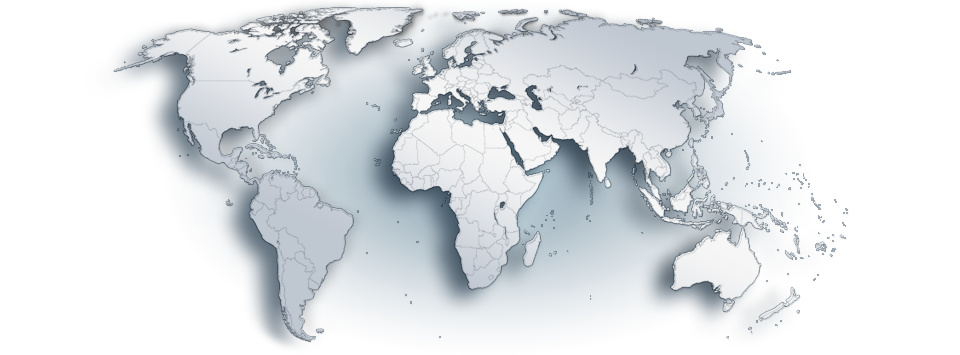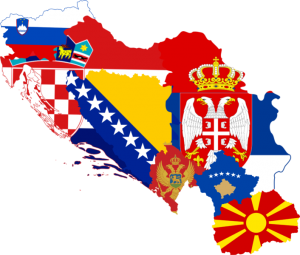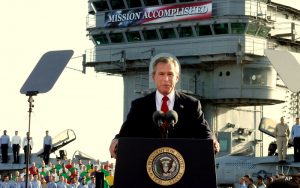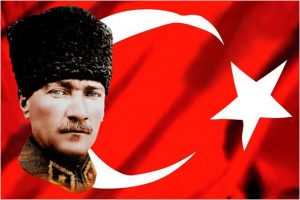
Views: 149
It passed more than the 100th anniversary of the end of the Great War in 1914−1918. Proportionally, in the war, Serbia suffered mostly among all countries involved in the conflict as it lost ¼ of its population followed by 50% of industrial destruction. The first war crimes or even the genocide occurred on the territory of Serbia but on other hand, the first allied victory on the battlefield against the Central Powers happened as well as in Serbia – the 1914 Battle of Cer in the Machva District with the administrative center of Shabac. Before and during the Great War, the town of Shabac and the district of Machva have been bordering Bosnia-Herzegovina, at that time Austria-Hungary, on the Drina River being situated in the north-western part of the Kingdom of Serbia). Before the war, the area of Machva District was developed in both industrial and cultural aspects in many features according to the Central European pattern (for instance, the first piano in Serbia appeared in the town of Shabac in the 19th century).
However, in the district, everything changed when the Great War broke out with Austro-Hungarian military aggression on the Kingdom of Serbia in August 1914. The town of Shabac fell into the hands of the Dual Monarchy on August 12th, 1914. From August 16th to August 20th, 1914 Cer Mt. nearby the town of Shabac became the place where the first battle has been fought in the Great War against the Central Powers. The operations of the Austro-Hungarian-Balkan troops started on August 12th, 1914 with the aim to in a raped action crush Serbian resistance and occupy Serbia in order to ensure overland links with the Ottoman Empire. General Oscar Potiorek decided to use the Fifth Army to carry out the attack on Serbia, without waiting for the Sixth Army to be ready for these operations. However, the operation was to start, and even to end, before the Second Army of Austria-Hungary could move from the Sirmium region (today in Serbia), headed to Galicia.
In the battle of Cer, the Second Serbian Army under the command of the General (later Voyvoda, i.e., Field Marshal) Stepa Stepanovic succeeded to defeat the Fifth and segments of the Sixth Austro-Hungarian Army (commanded by General Oscar Potiorek – a Slovene by his ethnic origin) in which many Croats, Bosniaks, and Slovenes have been fought as well as Serbs from Bosnia-Herzegovina and Croatia as mobilized by force. Some military detachments fighting in West Serbia have included ¼ of the Serbs and some 50% of the Croats from Austria-Hungary. Therefore, as a result, the war involved the conflict between Serbia and the South Slavs in the Dual Monarchy and in such a way caused long-term discord and animosity. Nevertheless, a well-equipped and armed Austro-Hungarian army sent to Serbia to punish it for its alleged participation in the Sarajevo Assassination (June 28th, 1914) simply ceased to exist. That was, in other words, the first victory of the Entente Powers Allies in the war (Serbia was an associate member of the Entente Powers).
The Serbian army in the Battle of Cer lost 260 officers and around 16.000 non-commissioned officers and soldiers. However, the losses suffered by Austria-Hungary were some 600 officers and some 23.000 non-commissioned officers and soldiers. Around 5.000 Austro-Hungarian soldiers were taken, prisoner. The Austro-Hungarian army left behind circa 50 guns and howitzers and a great many light weapons, ammunition, and equipment. The victory won as the Battle of Cer ended also the Austro-Hungarian military operations on the front in Montenegro (Crna Gora). Following the occupation of Pljevlja in Montenegro, the Austro-Hungarian troops were forced to retreat.
Unfortunately, during the time of the Cer Battle, the whole Macva District witnessed the most monstrous crimes against the Serbian civilian population committed by the army of Austria-Hungary – crimes to be labeled as genocide. Especially the brutal Austro-Hungarian military unit in these crimes was the Croatian 42nd Division called “Devil Division” which has been serving among others the future leader of Socialist Yugoslavia, Josip Broz Tito (1892−1980). Part of the civilians of Machva District was brutally executed and another part was taken into captivity in prisoner-of-war- camps in Austria-Hungary. The town of Shabac was barbarically destroyed by bombings and sacked by soldiers.
An additional aspect of the war in West Serbia in 1914 was that the Austro-Hungarian army did not pay any respect to any laws of war or provisions of the Hague Conventions concerning the conduct of war. On entering West Serbia, the Austro-Hungarian troops left total devastation in their wake and treated the civil population living in rural and urban areas extremely cruelly. Already in their first attack, in August 1914, they executed some 4.000 elderly people, women, and children, in the regions of Machva, Jadar, and Posavina. For example, in August 1914 (during only 12 days) the Austro-Hungarian army massacred at least 3.000 civilians in the Machva District which was at the forefront of the enemy’s attack. The town of Shabac had before the war in 1914 a population of some 14.000 people but in 1918 after the war, it had only 7.000 (50% lesser). After the Great War, due to a large number of human and material losses, the town of Shabac received three military decorations: 1) The Croix de Guerre with a palm branch; 2) The Czechoslovak War Cross; and 3) The Order of the Star of Karadjordje with swards of the fourth grade.
It deserves to be mentioned that the orders given to the Austro-Hungarian soldiers and their brutality are giving true evidence that the war was not waged just against Serbia as a state, but, however, against its citizens and even more, against the entire Serbian nation. For instance, proof of this is the order given by General Horstein, Commander of the Ninth Army Corps of Austria-Hungary, issued upon the entry of his troops into Serbia.
Finally, the 1914 Battle of Cer, as the first Serbian and, in fact, Allied military victory in the Great War, increased the confidence and faith of Serbia and the Entente in further victories and the final defeat of the Central Powers that happened in November 1918.
Ex-University Professor
Vilnius, Lithuania
Research Fellow at the Center for Geostrategic Studies
Belgrade, Serbia
vsotirovic@yahoo.com
© Vladislav B. Sotirović 2022
Personal disclaimer: The author writes for this publication in a private capacity which is unrepresentative of anyone or any organization except for his own personal views. Nothing written by the author should ever be conflated with the editorial views or official positions of any other media outlet or institution.
Originally published on
About the author:
Source:
Origins of images: Facebook, Twitter, Wikimedia, Wikipedia, Flickr, Google, Imageinjection, Public Domain & Pinterest.
Read our Disclaimer/Legal Statement!
Donate to Support Us
We would like to ask you to consider a small donation to help our team keep working. We accept no advertising and rely only on you, our readers, to keep us digging the truth on history, global politics, and international relations.
FOLLOW US ON OUR SOCIAL PLATFORMS











